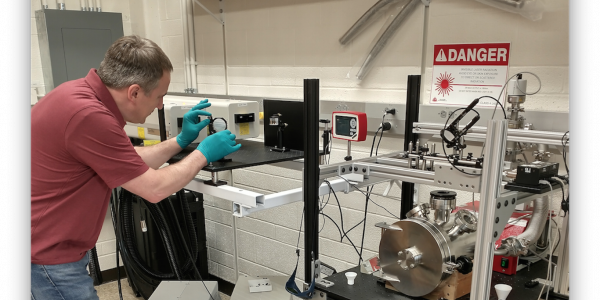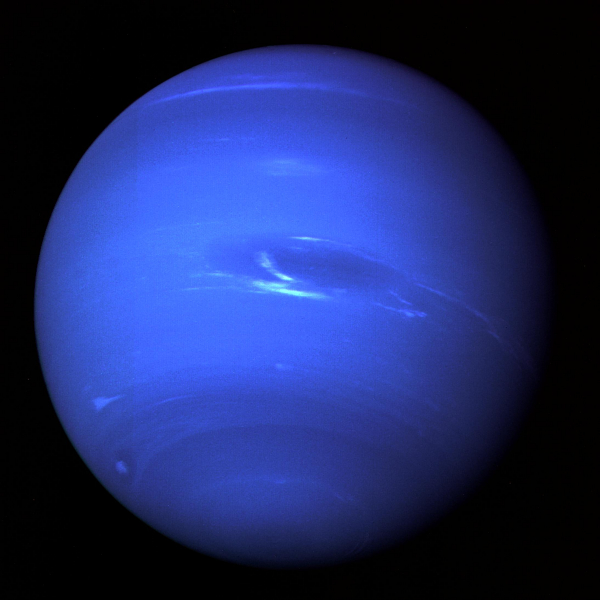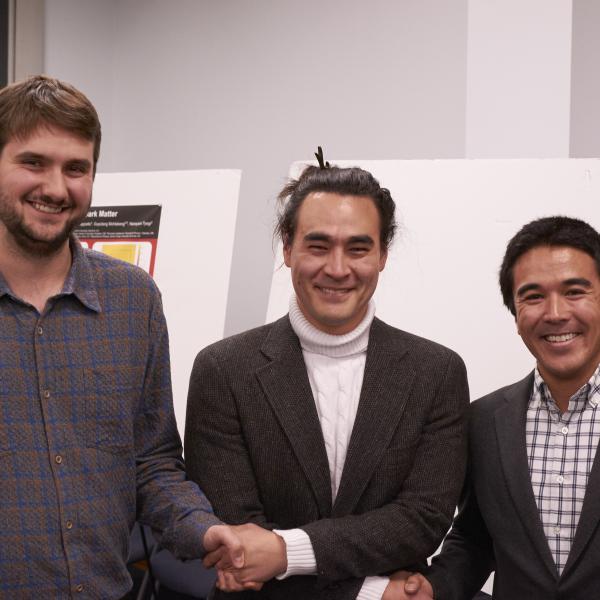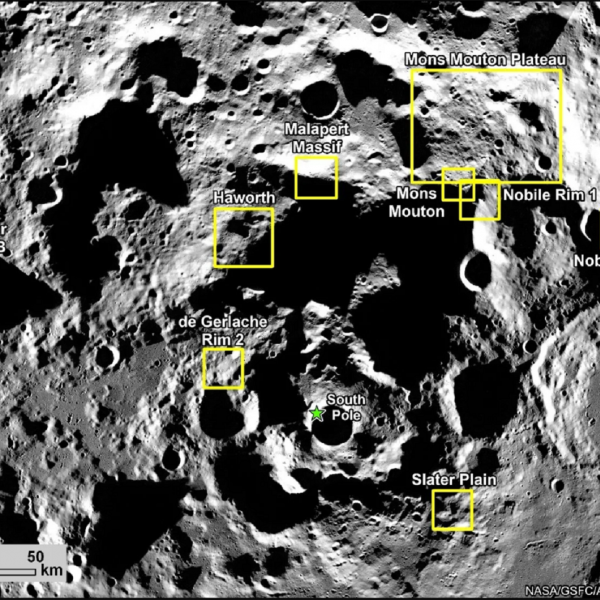Professor Jeffrey Gillis-Davis is a Research Associate Professor in the Department of Physics and is a Fellow of the McDonnell Center for the Space Sciences.
Without an atmosphere to protect it, the surface of planetary bodies such as the Moon, Mercury, and asteroids are exposed to the harsh environment of space. The space environment includes continuous bombardment by dust-sized particles and exposure to charged particles and electromagnetic radiation. Collectively, these energy sources change the physical, chemical, and spectral characteristics of particles on the surfaces of airless bodies. These effects are collectively called space weathering. The range of possible alteration products is a function of the target’s composition and the array of space-weathering processes with which it interacts.
Soil or regolith is the granular upper surface of airless bodies; it is the material with which spacecraft and astronauts interact, and the part of an object most readily observed from orbit or from Earth. From remote sensing data, we know that the regolith in lunar polar regions is likely to be fundamentally different from the regolith at the equator collected by the Apollo astronauts because of the unique microenvironment under which the polar regolith formed. Hence, without the ability to yet collect samples from all possible environments on the Moon or other airless bodies in the Solar System, experiments and modeling are needed to understand space-weathering effects. Even after fifty-plus years of studying the Apollo lunar samples, we only partially understand how regolith forms, evolves, and records its exposure to the space environment.
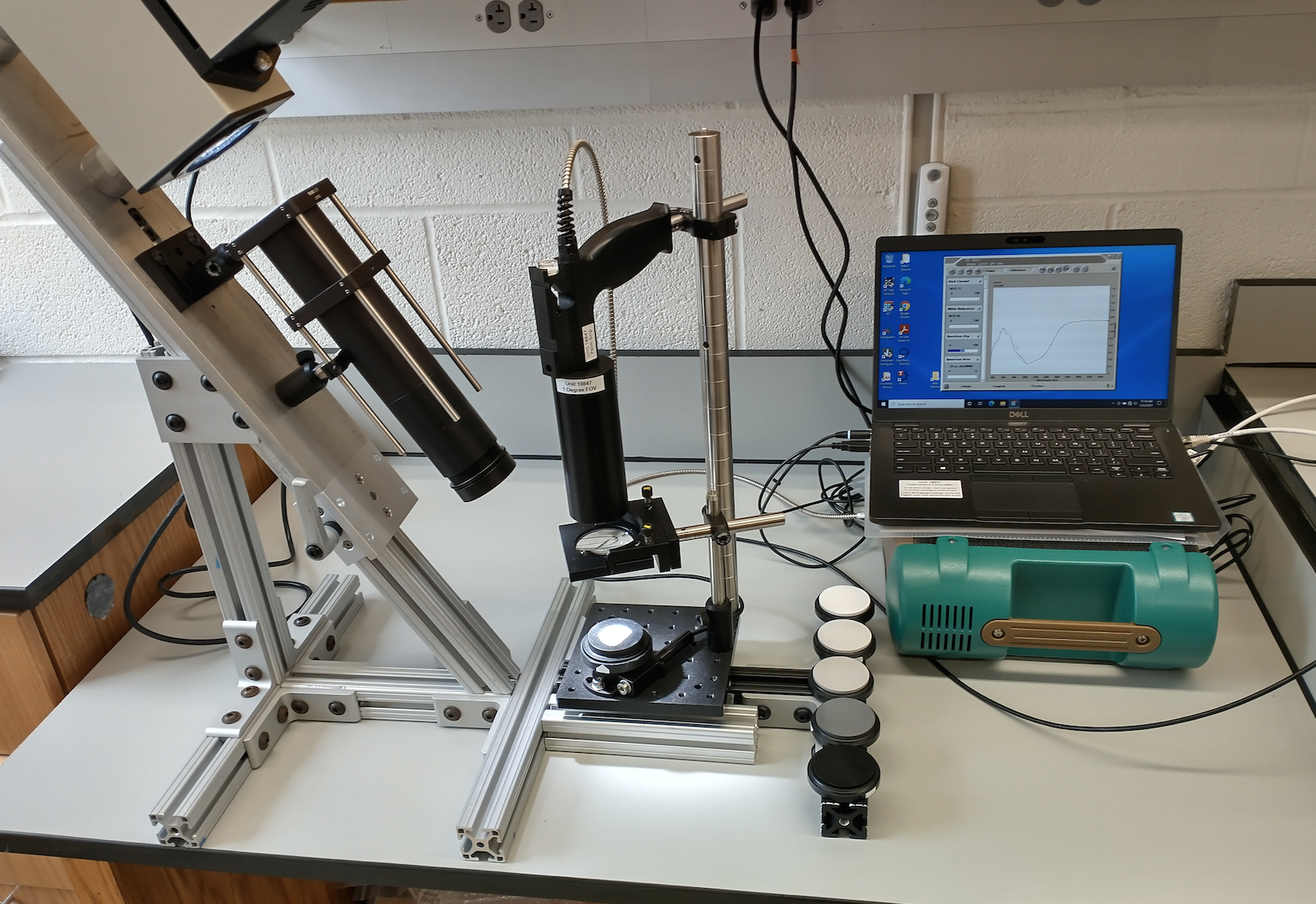
Gillis-Davis studies the process of space weathering through experiments. He has pioneered a new method for laser space weathering, which enables simulation of the effects of micrometeorite impacts more accurately. He designed the equipment in his laboratory to reproduce different environments from the Moon's equator to its poles and conditions on various airless planetary bodies. A range of targets can be simulated by adjusting the composition of the materials used in the experiment (e.g., multiple asteroid simulants, lunar simulants, and even actual lunar soil). He can also control target temperature, from -250°C/-400°F to 20°C/70°F, as well as impart gasses into the material that freeze and form ice. Controlling these factors will allow the systematic examination of the effects of temperature and volatiles on the spectral, physical, and chemical products of space weathering. Understanding how regolith and volatiles form and the extent to which they are altered from their pristine condition by exposure to space is critical for interpreting the remote sensing and sample data collected from the surfaces of airless bodies.
Underscoring this need for this kind of research, Gillis-Davis was awarded a multimillion dollar grant from NASA’s Solar System Exploration Virtual Research Institute (or SSERVI) program. He is the Principal Investigator of the Interdisciplinary Consortium for Evaluating Volatile Origins (ICE Five-O) grant, which consists of a multidisciplinary team of researchers who are leaders in their field. Testing hypotheses about the origins and evolution of the regolith and lunar polar ices in extreme conditions requires multi-perspective collaboration. Team ICE Five-O combines expertise in space weathering, isotopic, and water-regolith reaction experiments, sample analyses, isotopic modeling, as well as sampling and curation of pristine cryogenic samples. The Team’s efforts focus on the intersection of science and exploration to address fundamental questions about the Earth-Moon system and extend a human presence in the Solar System.
On a personal note, Jeff’s love of science and exploring inspired him to study space. As a youth, he wanted to be part Harrison (Jack) Schmitt (Apollo astronaut/geologist) and part Buck Rogers. His first research project as an undergraduate at Rice University was making a geologic map and reconstructing the stratigraphy of the Moon using remote sensing data. While mapping the composition of the Moon’s surface, as a postdoc at WashU, he became acutely aware that space weathering obscured the physical, compositional, and spectral details of airless bodies. Hence, as a faculty member at the University of Hawaii, he transitioned to focus on experimental studies of space weathering—There was a general sense of how space weathering affected the lunar surface but there was a knowledge gap about specific details and when applying these concepts to other airless bodies. Recently, Jeff moved back to St. Louis with his wife and four boys for a more family-friendly lifestyle: e.g., closer to family, lower cost of living, beautiful parks, excellent public schools, and cheese curds. When he is not fathering, you can find Jeff fixing something that one of the boys broke, cooking/smoking, learning about nature conservation, gardening, and enjoying cheese curds with a local microbrew. Cheers to flyover country!
Caption for top banner image: Gillis-Davis adjusts a mirror that redirects the laser light onto a sample held in the vacuum chamber. The laser is used to replicate dust (aka micrometeorite) impacts on the Moon and other airless bodies. The vacuum pumps remove nearly all the air from the chamber to avoid oxygen in the Earth's atmosphere interacting with any of the metal minerals created in the laser impact.

